Maybe it’s out of habit, but while there is an abundance of free PC repair tools, I still fire up Windows' Command Prompt first when my PC isn’t running well. IT pros and power users seem to agree on the Command Prompt’s value; you’ll almost certainly find it mentioned in most troubleshooting tutorials. Although I’ve used these commands throughout my life, I didn’t realize just how old a few of them are. Here are seven surprisingly ancient commands that I still rely on to repair my PC.
As a side note, the introduction dates for these commands pertain to the base command only. The specific feature mentioned in the article may have been added later. Thus, the base command may have existed outside the Windows operating systems first, hence why a few are older than the Windows Command Prompt itself.
Netstat -a -n -o
Initial release: 1983
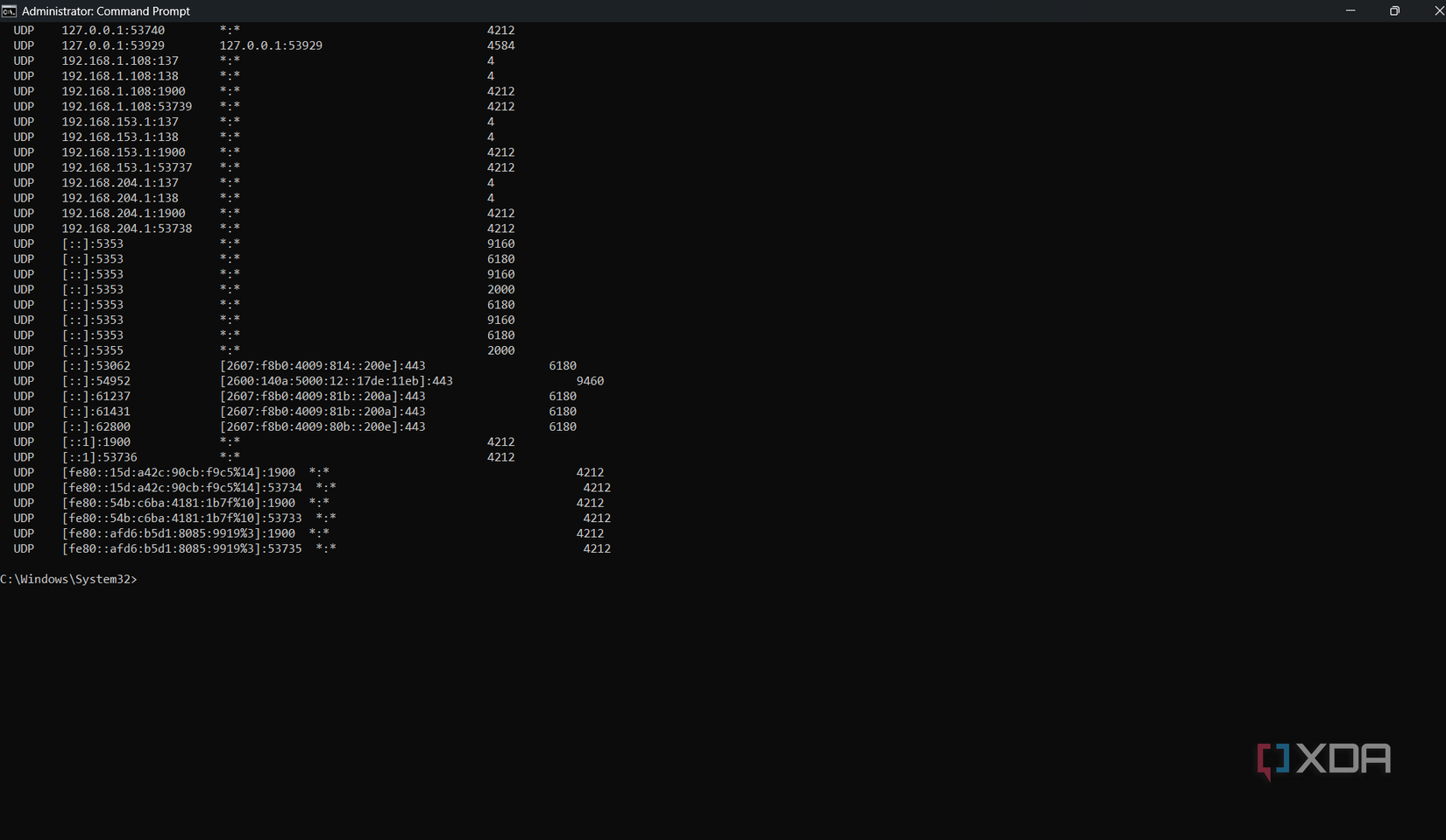
Netstat is often the first command I run when I’m troubleshooting a network error. Without parameters, it displays active network connections, which ports are in use, and the state of those connections. Adding the “-a” parameter shows all connections and listening ports, “-n” shows all numerical addresses and ports, and “-o” shows the process ID (PID). The -o parameter is particularly helpful since it reveals which program is responsible for which connection. To find the program name using the PID, enter the "tasklist /fi "PID eq pid" command in the command prompt.
Ping -n 100 *IP or webaddress*
Initial release: 1983
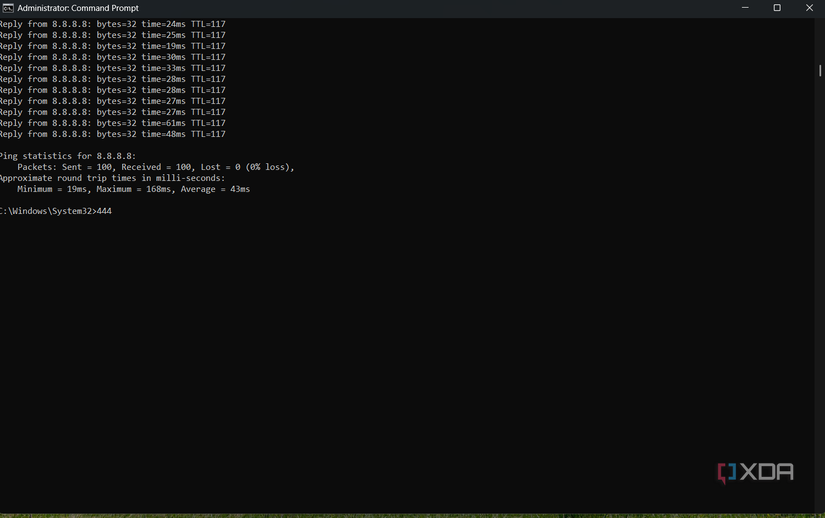
It's a quick and simple way to see if your device has an active network connection to a specific network location. It also reveals the latency between the network traffic and the time-to-live (TTL), or how many intermediary hops the packet made to reach its destination. It sends a burst of packets (default 1 per second) to a specified address and listens for a reply. Adding the "-n" parameter specifies how many packets to send. Alternatively, "-t" lets the ping continuously until it's terminated manually. Ever since I began self-hosting, I've been using the ping command to check if I can reach a local or remote server.
ipconfig /release and ipconfig /renew
Initial release: 1998
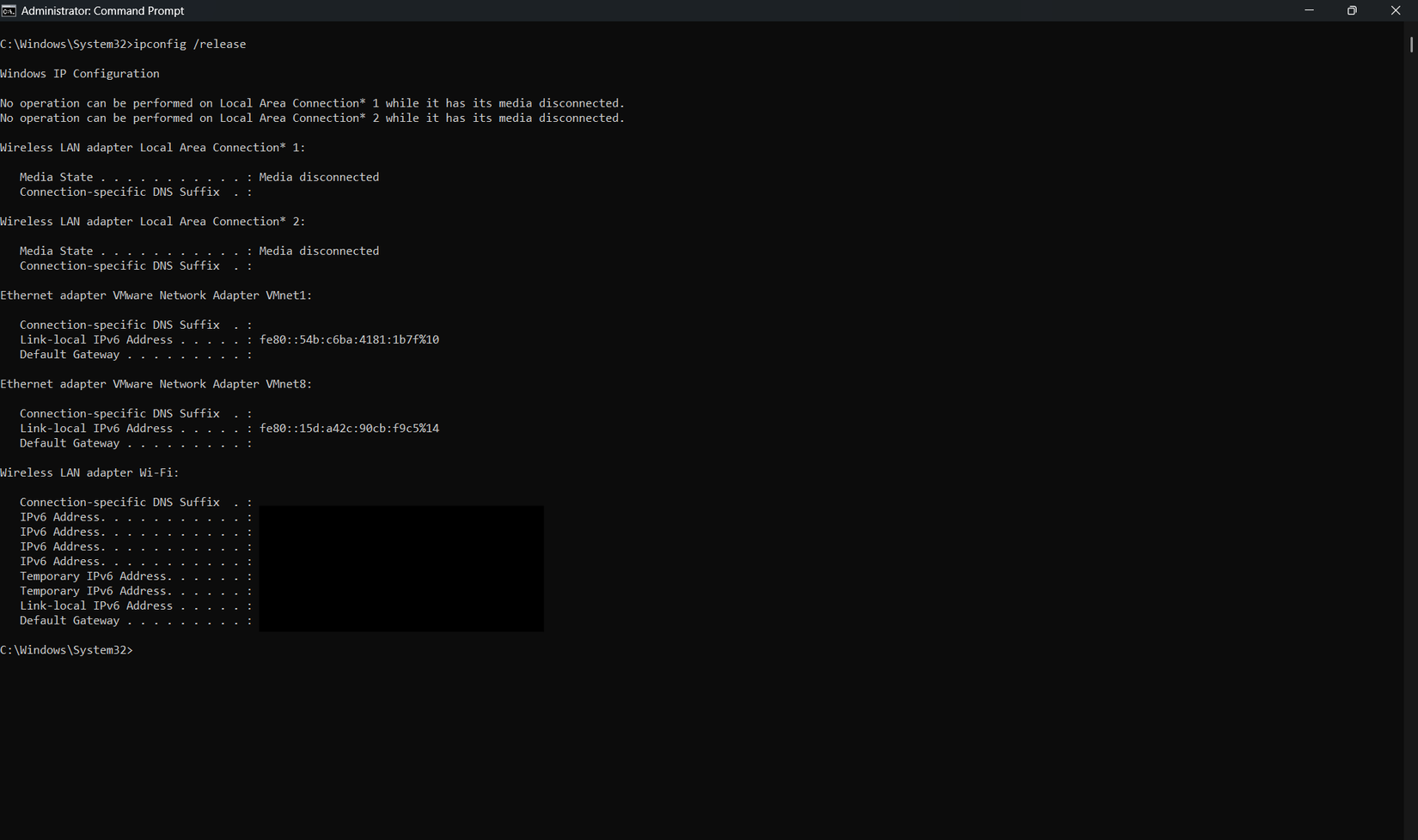
Aside from showing a device’s network hardware status and settings, the ipconfig command is useful for fixing common network configuration issues. I sometimes use it to resolve IP conflicts that arise when two devices are assigned the same IP address by DHCP. To do this, enter the ipconfig /release command, hit enter, followed by the ipconfig /renew command.
DISM /Online /Cleanup-image /RestoreHealth
Initial release: 2009
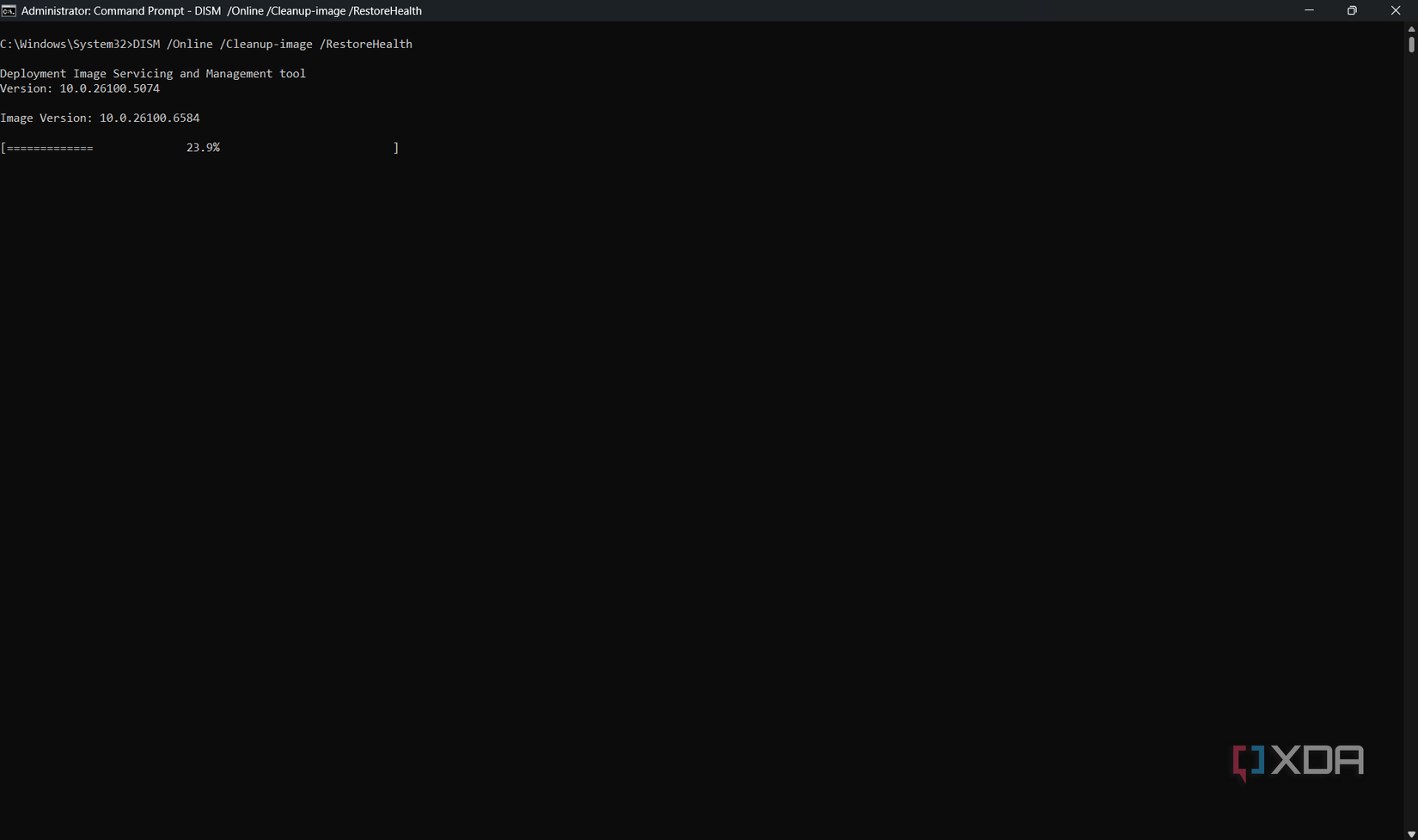
DISM, short for Deployment Image Servicing and Management, manages Windows installation images. One of its many abilities is to maintain the Windows Component Store, which contains all the components (sometimes different versions as well) that make up the Windows operating system. Its files are needed whenever we install a major Windows update or enable or disable its features.
The “DISM /Online /Cleanup-image /RestoreHealth” command checks the content of the Windows component store and repairs or replaces any broken files. The "/Online" parameter tells it to work on the current operating system, "/Cleanup-image" cleans up any unnecessary data in the component store, and "/RestoreHealth" repairs any broken files. It's often used with the sfc command.
Sfc /scannow
Initial release: 1998
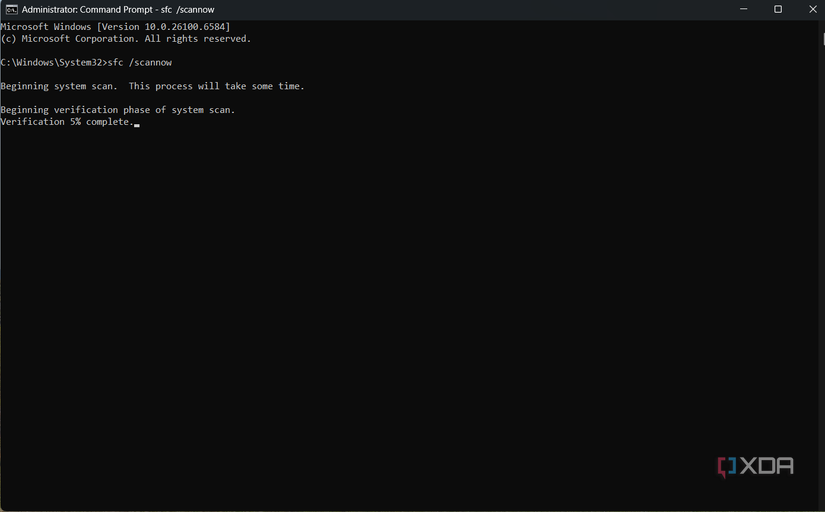
Operating system errors are less common than program errors. Nonetheless, Windows sfc, or the System File Checker, can be useful when the OS does fail. It can verify and repair the integrity of the operating system using cached copies of its files. Its effectiveness is often spotty because most errors are not the result of the operating system. Still, it’s worth a try before resorting to more time-consuming troubleshooting. Last month, this command saved me hours of troubleshooting by resolving a persistently failing Windows update on one of my virtual machines.
powercfg.exe /hibernate off
Initial release: 2004
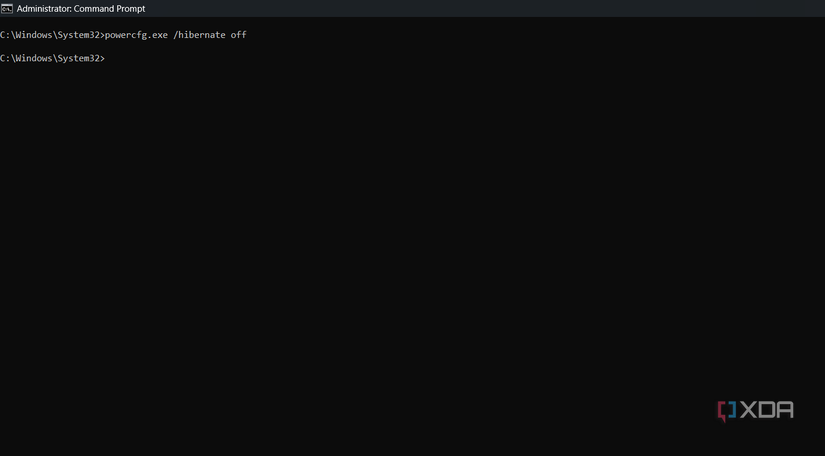
Windows hibernation is like an in-between state between sleep mode and a cold boot. The idea is that by saving and restoring the memory content into disk storage at shutdown, the memory can be turned off to conserve more power than in sleep mode, and the machine can boot back up faster than a cold boot. However, this feature is much less useful on desktops, and with SSDs being blazing fast, hibernation has become somewhat irrelevant.
Nonetheless, hibernation is enabled by default in fresh Windows installs. To work, it reserves a huge chunk of disk space in the hiberfil.sys file for storing the memory content. Disabling hibernation using the "powercfg.exe /hibernate off" command also deletes hiberfil.sys, potentially freeing up tens of gigabytes of storage space.
OOBE\bypassnro
Initial release: 2020
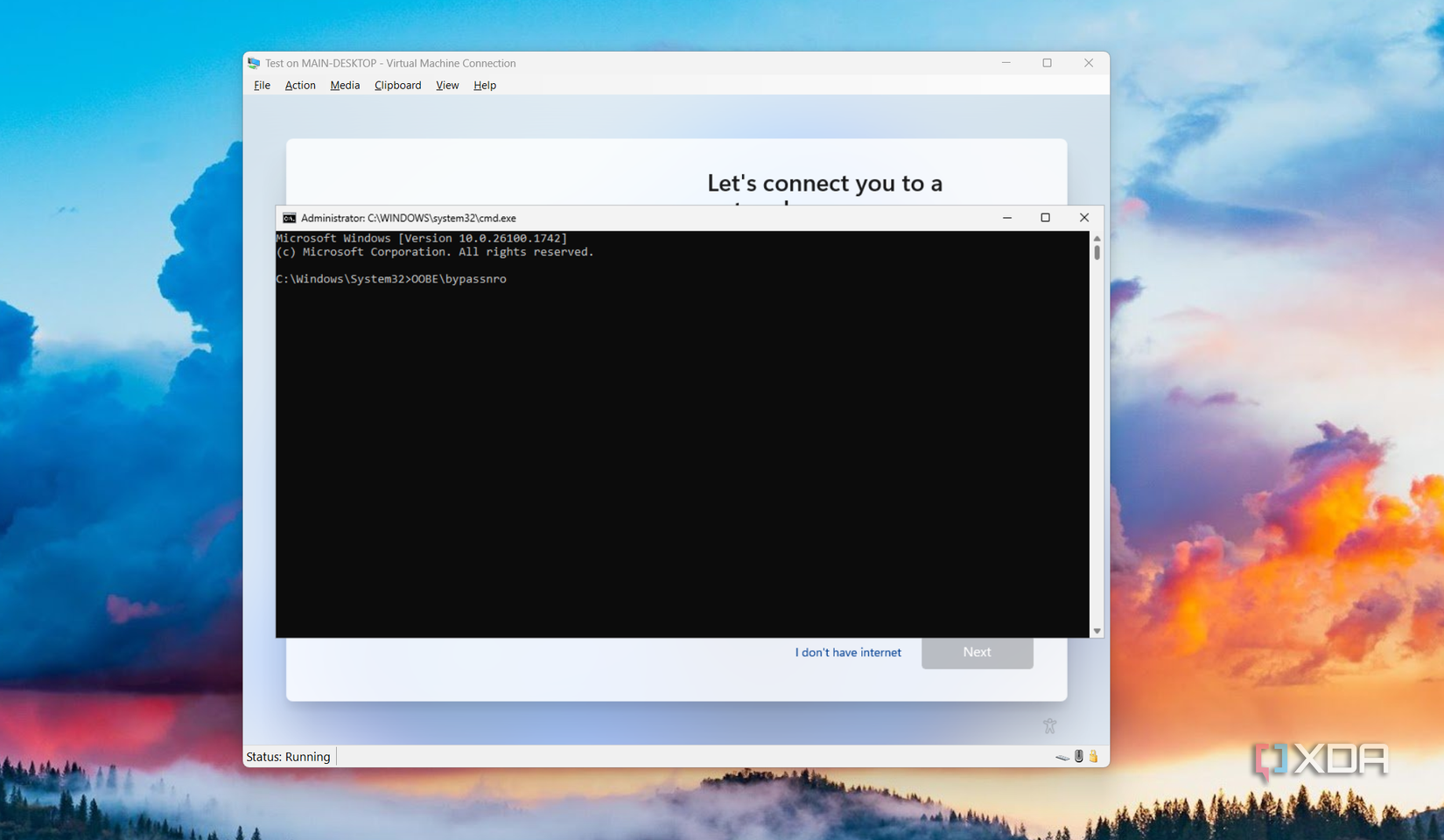 Access the Windows Command Prompy during Windows 11 installation by pressing Shift+F10.
Access the Windows Command Prompy during Windows 11 installation by pressing Shift+F10.The OOBE\bypassnro command is the newest command on the list, yet will be the first to be retired. It lets users bypass Windows 11’s Microsoft account registration requirement by putting the OS installation into Out-of-Box Experience mode. This is technically intended for retail display units, but it has freed me from plenty of annoyances when I’m setting up a local VM without a network switch, or when I’m installing the OS on a newly-built PC. Unfortunately, Microsoft is expected to remove the command in the Windows 11 25H2 update, making it more difficult to install Windows 11 without an internet connection and a Microsoft account.
The Windows Command Prompt is still an indispensable tool
Despite its age and Microsoft’s attempts to replace it with Powershell (old in its own right at 19 years), the Windows Command Prompt–and its trove of commands–continues to be a staple in my PC troubleshooting toolkit. For someone who likes to tinker with power user features but not quite knowledgeable enough to be a sysadmin, these commands are more than enough to get me through most issues.
.png)











 English (US) ·
English (US) ·